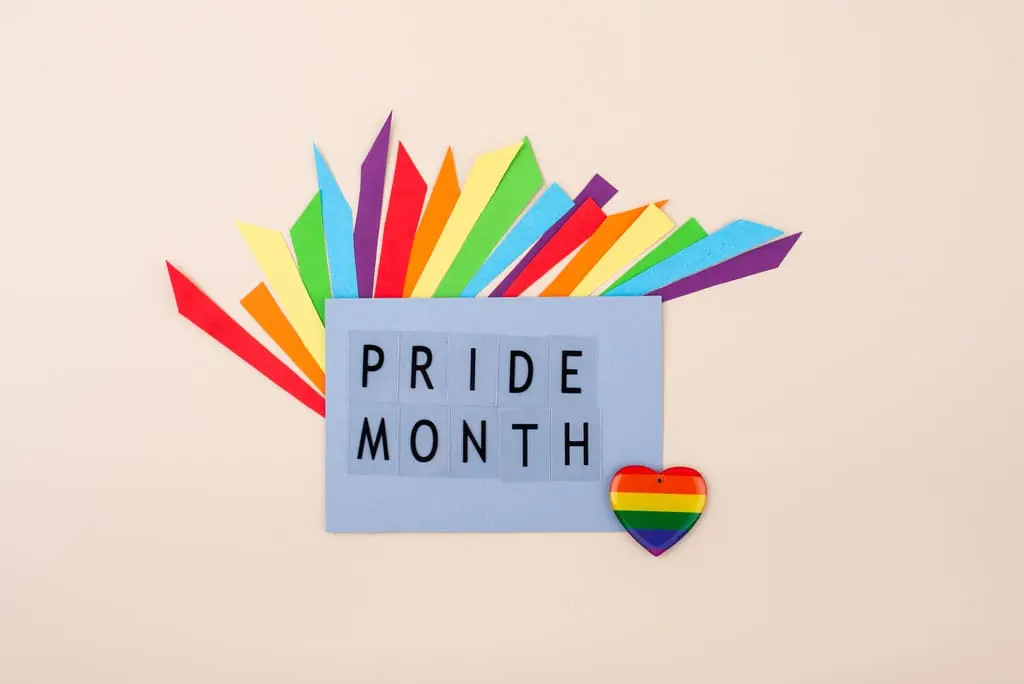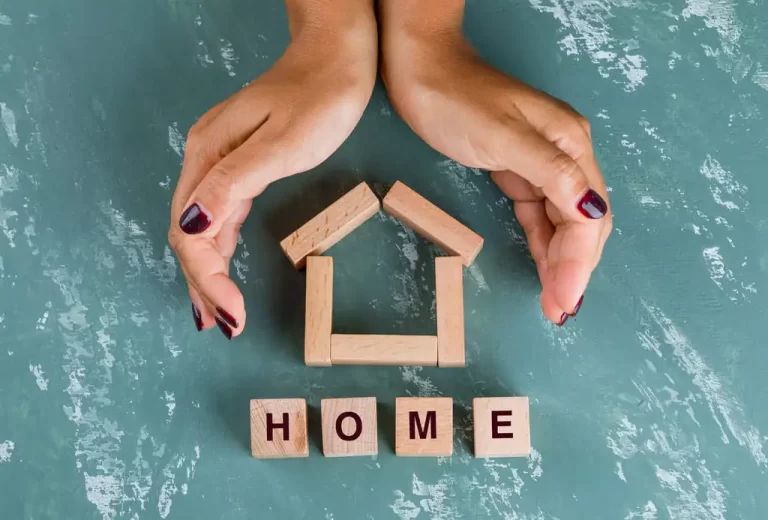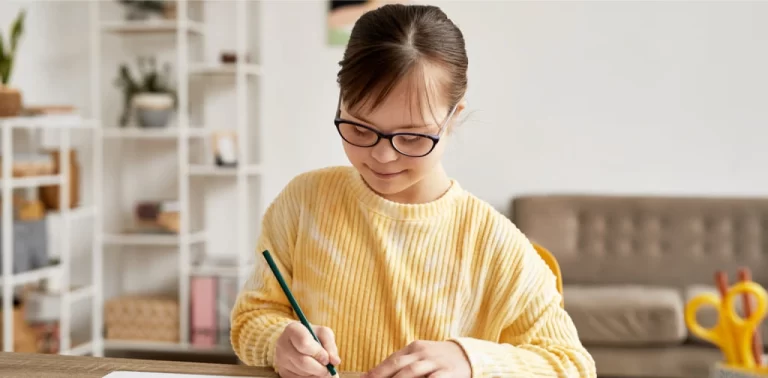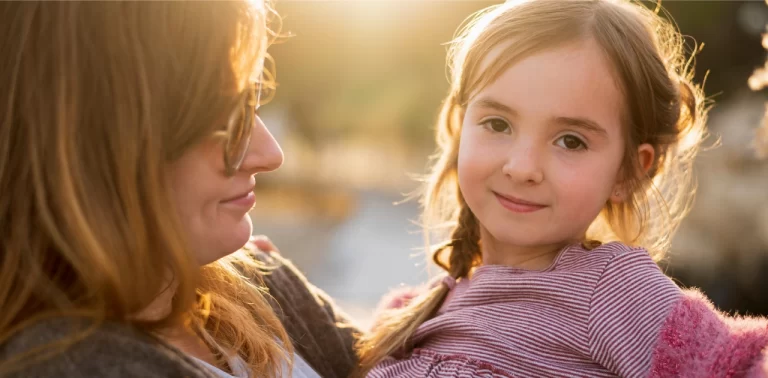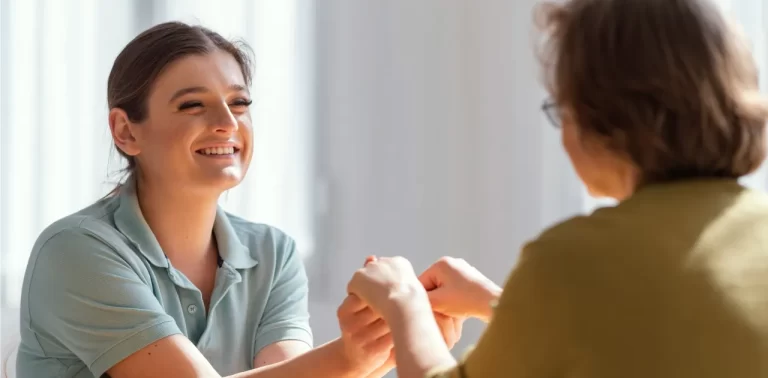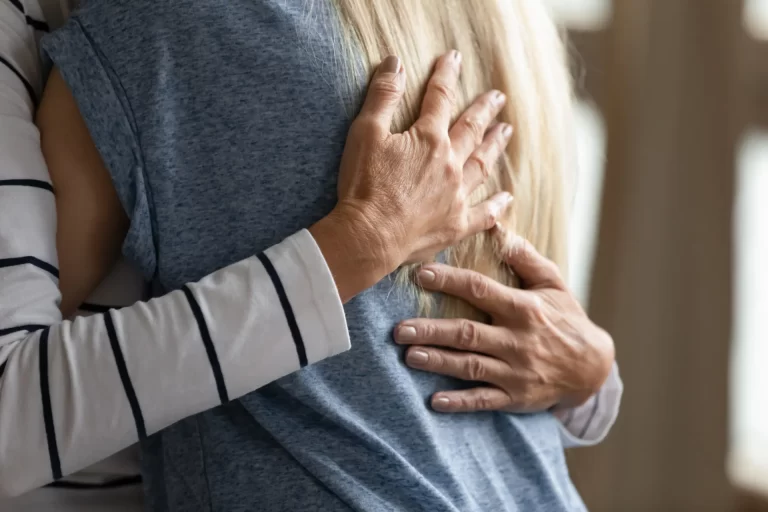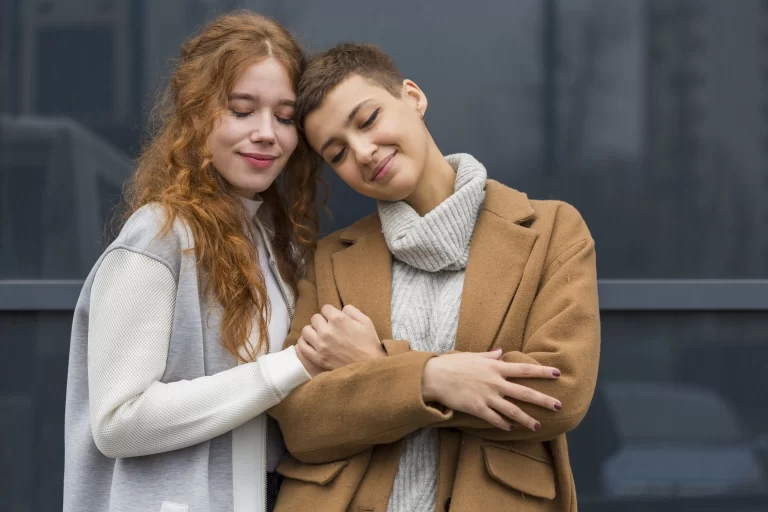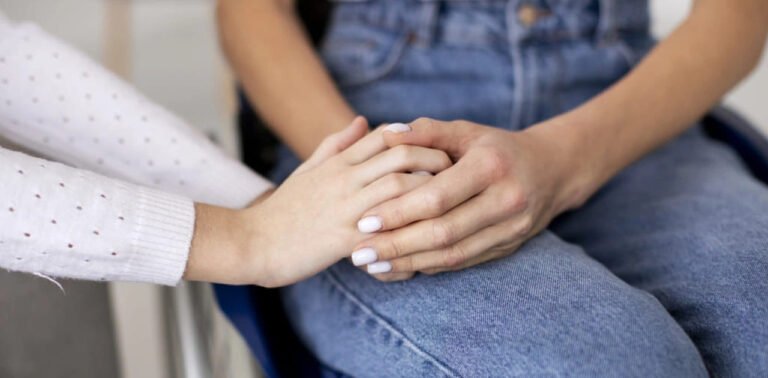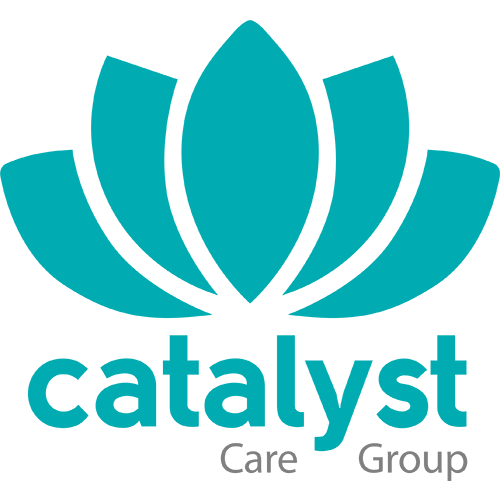Love knows no boundaries, no limits, and no prejudice. It is a universal language that unites us all.
What Is Pride Month?
To understand pride month, we have to understand a bit of history around the LGBTQ+ community.
In 1969, we had the Stonewall Riots which took place in a gay bar in Manhattan, US. The New York City Police Department planned a raid of the bar which sadly wasn’t uncommon at the time. The only difference being that this time, the patrons of the gay bar were prepared to fight back and defend themselves. This led to the ‘Stonewall Uprising’, with the riots lasting for several days. This was seen as a pivotal moment in the movement for LGBTQ+ rights as others began to stand up for themselves too. The community showed it wasn’t going to be silenced anymore and was ready to stand their ground.
A year later, they commemorated the days of the Stonewall Riots which then evolved into a full month to celebrate pride. Pride is a time we can show gratitude to the people who came before us who fought for our rights. It’s also a time to acknowledge each other and come together as a community whilst educating and raising awareness of LGBTQ+ topics.
What Does LGBTQ+ Stand For?
It stands for lesbian, gay, bisexual, transgender, queer/questioning, and the plus is for anyone outside of those categories but is in the queer community. There are lots of variations of the acronym, some contain more letters, and some less.
Why Do We Need Pride?
A common question that I myself, didn’t have the answer to at first. But now, as a trans person, I have now seen first hand why pride is still necessary.
Unfortunately, the care available to transgender people is incredibly poor. The waiting lists are several years long (for myself, it’s been 5+ years), and the care available is unnecessarily invasive at times. People are being forced to fund their own care which is expensive, and the care provided is still not up to standard a lot of the time. The amount of hate crimes towards LGBTQ+ people has risen over the last year, and the rate of mental health difficulties among transgender people is incredibly high.
People in same sex relationships are still at risk of being hate crimed in the streets just for holding hands. There are still people who believe that being gay is wrong and that it’s their job to stop them. Conversion therapy still happens behind closed doors, particularly to younger people who have no means of protecting themselves.
So this is why we still have pride, to make sure the voices of those people are heard. In more recent years, pride has become more commercialised with companies changing their logos to have rainbows every June. But hopefully you can now see that for the small percentage of the population who are LGBTQ+, that rainbow is just a reminder for us to stay strong and that in time, the world will be a safe place for us all.
What Is There to Be Proud of?
Another question that I also didn’t quite understand at first! And pride is a funny word to use for it sometimes. But generally, it’s referring to the strength our community has shown during the difficult situations we’ve faced.
Many LGBTQ+ still have to hide their sexuality and identity, many are unsafe in their homes, many are hate-crimed, called names and physically assaulted. I am one of the lucky people who is surrounded by kind and patient people who are prepared to learn. But many aren’t so lucky. And when I truly think about it, I am proud of my LGBTQ+ peers who have pushed through the hardships they’ve faced and who stand up for each other. Right now is a difficult time for the community, and togetherness is more important than ever.
Being Transgender, a Breakdown
For a long time in our modern society, we made a sharp connection between our biological sex, and our gender identities. In other cultures, they’ve been seen as different for many years.
The research into what makes someone transgender is nearly non-existent and we don’t have many answers. But what we are learning is that gender and biological sex can for some people, be different.
- Biological sex – The sex you were born as, usually defined by primary sex characteristics.
Gender identity – How someone identifies. For most people, this is the same as biological sex. But for some people, it’s different. - Gender expression – How someone expresses themselves based on our perceived ideas of ‘masculine’ and ‘feminine’.
- Sexuality – Who you’re emotionally or physically attracted too.
All of these things are different, and aren’t always related. For example, someone’s biological sex may be female, but they identify as male and express themselves in a masculine way. And men can wear dresses without this making them a women, they just prefer to express in a feminine way.
Being Trans in Catalyst
I’ve been so lucky since joining Catalyst. Everyone has accepted me and been open to learning more about the trans community. Nobody has ever questioned my authenticity, and documents were handled sensitively when they contained personal details.
Anyone who has said ‘she’ by accident has corrected themselves and shown a willingness to grow and learn, which is all I could ever ask for! I’m also slowly rolling out a transgender awareness session to office staff, and in the near future, clinicians supporting gender diverse people. This way, we can ensure that the people we support are also seeing the benefits of how progressive CCG is.
Inclusion in Care
Everyone being supported deserves to be treated with respect, dignity and patience. Catalyst believes in providing personalised care tailered to each individual. We know there is no blanket approach to care that will work for everyone, no ‘one size fits all’ approach. This inclusion means that by default, we recognise the unique needs of LGBTQ+ people and address them accordingly. Here are some areas where we can focus our attention to ensure we’re doing our best to support our LGBTQ+ families.
Being Aware of Health Disparities
The rates of mental health difficulties, substance abuse and chronic conditions are higher for those in the LGBTQ+ community compared to their heterosexual and cisgender counterparts. By acknowledging this, we can ensure we’re the best advocates we can be for the families we support who are in the LGBTQ+ community, and ensure that the treatment they’re getting is fair and just.
Trust, Communication and Education
These are the building blocks to any good support, even more so for LGBTQ+ people. Build trust by listening and believing. Build good communication by using their preferred method of communicating and providing a space where they can be open and honest without judgement. Educating yourself and your colleagues on relevant topics to ensure the person can ask you questions if they ever need support around LGBTQ+ matters. Some queer people will be willing to educate and share their experiences, others prefer to keep it to themselves. There are plenty of people who you can reach out to with any questions.
Preventing Discrimination and Bias
It’s important we stand up for the LGBTQ+ people we support if we see they are facing discrimination. For a lot of the people we support, we are their advocates. We’re the microphones to their voices. Standing up for their rights as an LGBTQ+ person is no different than all the other things we support them with. Sometimes, this needs to be handled incredibly sensitively. But Catalyst can provide resources to support you in dealing with those sensitive situations.
Story by: Aiden Harris | Proactive PBS Specialist he/him
